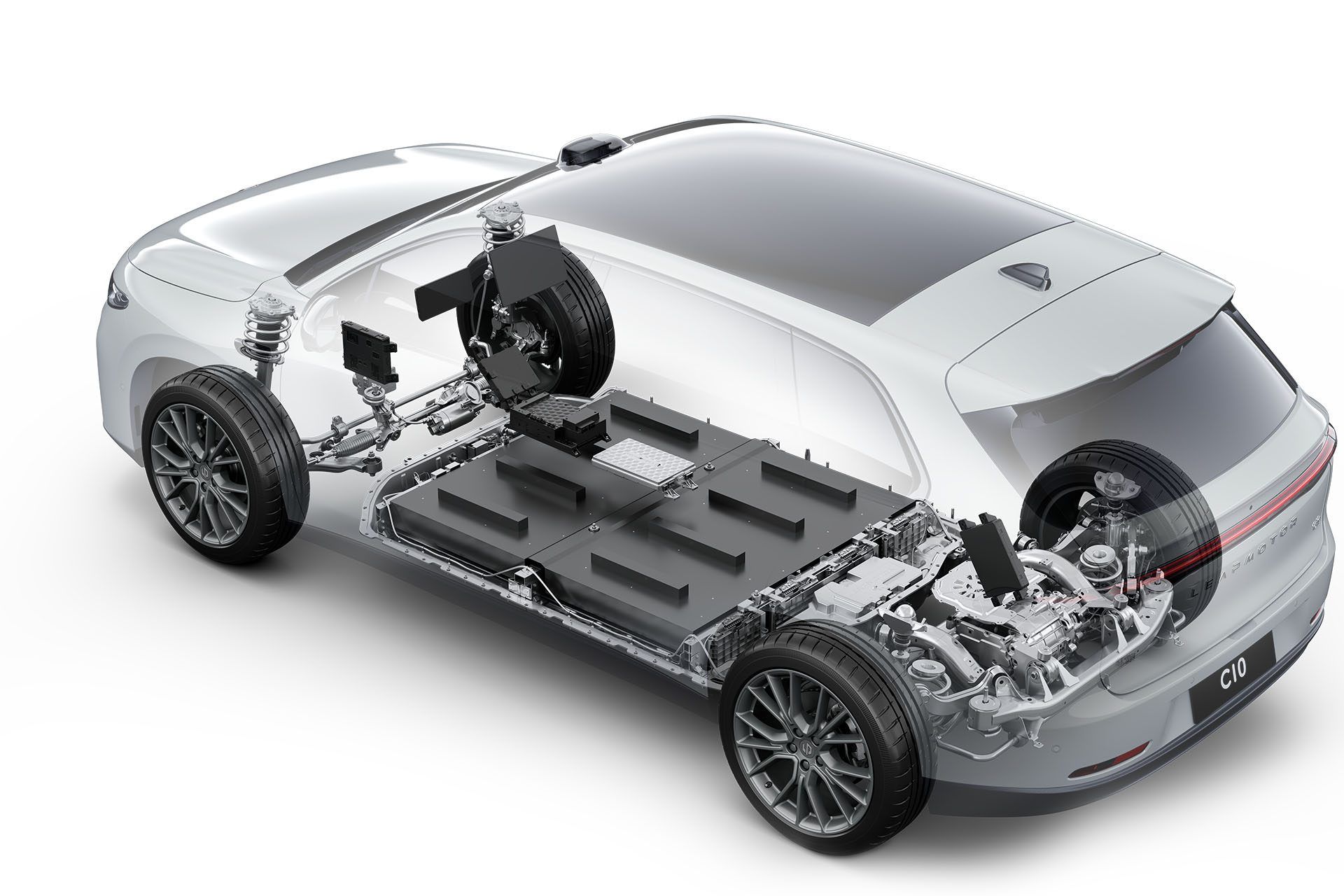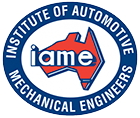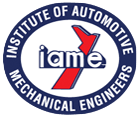Tesla, Polestar, and Volkswagen Withdraw from FCAI: A Sign of the Ongoing Price Debate

The automotive industry is witnessing a significant shift as leading manufacturers like Tesla, Polestar Australia, and Volkswagen have either departed from the Federal Chamber of Automotive Industries (FCAI) or withdrawn from their committees. This exodus comes amidst a heated debate surrounding pricing policies within the sector, highlighting deep-seated tensions between industry players and regulatory bodies.
The FCAI, a prominent automotive industry association in Australia, plays a crucial role in representing the interests of manufacturers and advocating for policies that support the growth and development of the automotive sector. However, recent developments suggest a growing dissatisfaction among certain manufacturers with the FCAI's approach, particularly regarding pricing regulations and market dynamics.
Tesla, known for its innovative electric vehicles, made headlines when it announced its departure from the FCAI, citing differences in opinion regarding pricing strategies and market access. The company has long been a proponent of direct sales to consumers, bypassing traditional dealership networks, a practice that has often clashed with established industry norms and regulations.
Similarly, Polestar Australia, a subsidiary of Volvo Cars focused on electric performance vehicles, has also decided to distance itself from the FCAI. The company's decision reflects broader concerns within the industry regarding the need for more flexible pricing models and a greater emphasis on sustainability and innovation.
Yesterday, Volkswagen joined the ranks of manufacturers stepping away from the FCAI, signaling a growing trend of discontent among industry leaders. While Volkswagen did not provide specific reasons for its withdrawal, it is widely believed to be related to ongoing debates surrounding pricing transparency and consumer protection measures.
At the heart of the issue lies the contentious debate over pricing practices within the automotive industry. Manufacturers argue that rigid pricing regulations and traditional dealership models inhibit innovation and restrict consumer choice. They advocate for greater flexibility in pricing strategies, including direct sales models and alternative distribution channels.
On the other hand, regulatory bodies and industry associations like the FCAI maintain that pricing regulations are necessary to ensure fair competition and protect consumer interests. They argue that transparent pricing practices are essential for maintaining market integrity and preventing anti-competitive behavior.
The departure of Tesla, Polestar, and Volkswagen from the FCAI underscores the growing divide between industry players and regulatory bodies regarding pricing policies. It also reflects a broader shift towards a more consumer-centric approach within the automotive sector, with manufacturers increasingly prioritizing direct engagement with customers and innovative business models.
Moving forward, the automotive industry faces the challenge of reconciling these divergent perspectives and finding common ground on pricing and distribution issues. Collaboration between manufacturers, regulatory bodies, and industry associations will be crucial in addressing these challenges and shaping a more sustainable and competitive automotive market in Australia.








